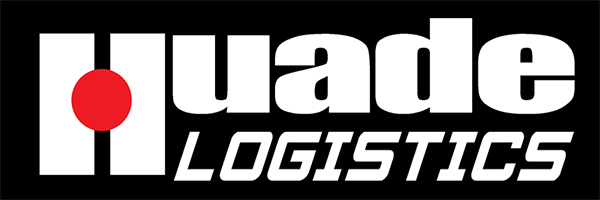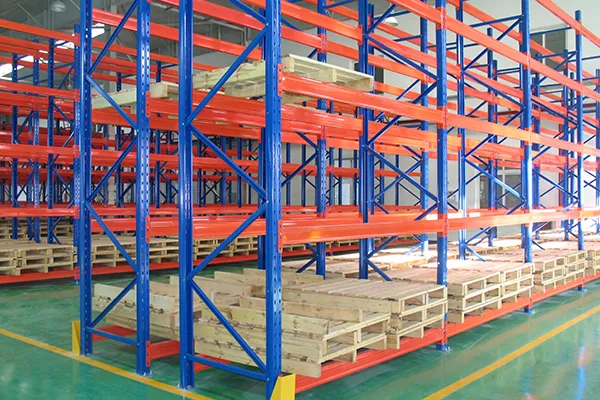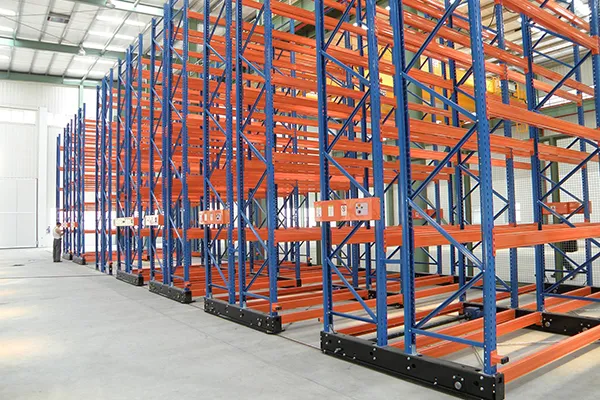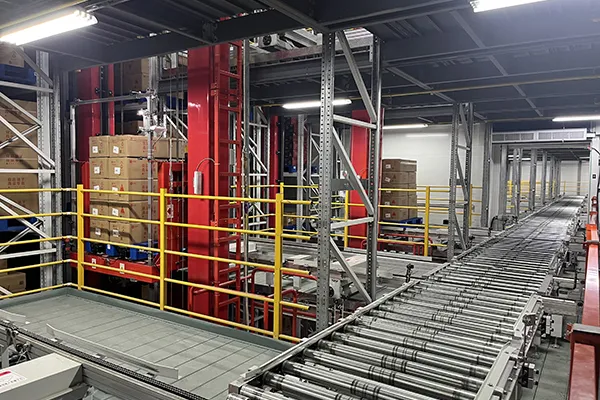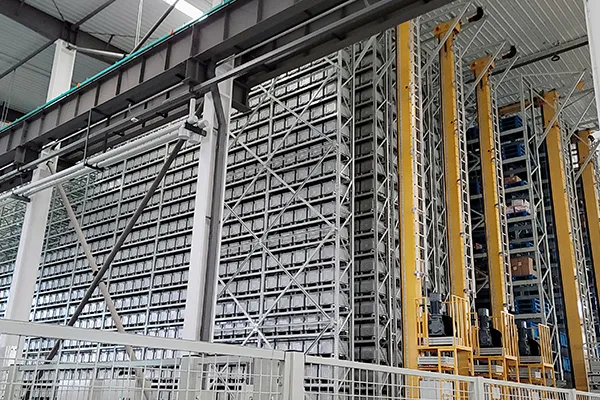Modern warehouses face the dual challenge of maximizing space utilization while maintaining operational flexibility. Mobile racking systems emerge as an innovative solution that dynamically reconfigures storage layouts through mechanical movement. Unlike traditional static racks requiring permanent aisles, these systems utilize shared access pathways, transforming fixed storage zones into adaptable three-dimensional matrices. The fundamental innovation lies in their ability to physically relocate entire shelving units via manual or motorized mechanisms, achieving remarkable space compression without sacrificing accessibility.
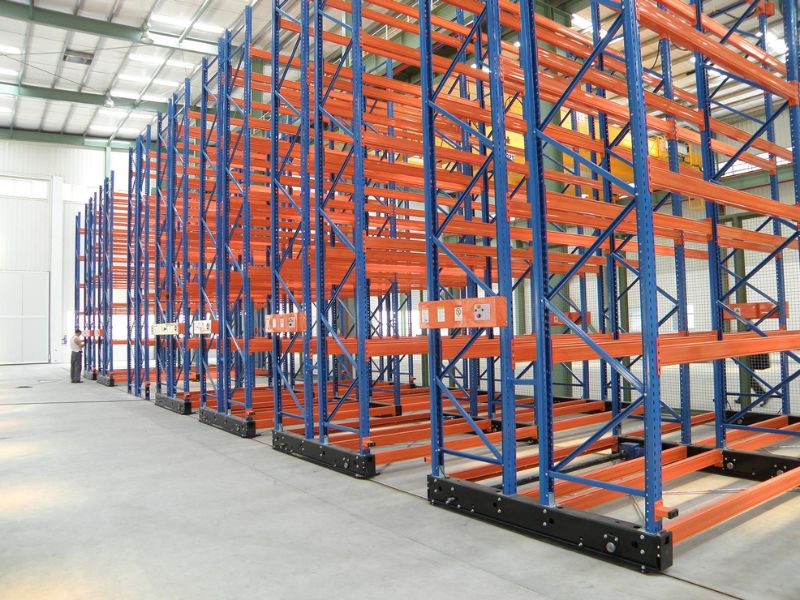
Core Classifications and Technical Variations
Mobile storage solutions can be categorized by three key dimensions:
- Drive Mechanisms: Manual systems employ push-to-move operation with mechanical braking, ideal for archival storage; electrically powered versions feature precision motor control for frequent access environments; heavy-duty variants integrate hydraulic stabilization for industrial payloads.
- Structural Configurations: Open-frame designs facilitate visual inventory management, while enclosed cabinet-style units provide environmental protection for sensitive items. Rotary carousel systems offer vertical/horizontal rotation for high-speed retrieval.
- Load Specifications: Light-duty modules handle document storage, medium-capacity units manage retail merchandise, and industrial-grade systems support palletized goods with reinforced steel construction.
Operational Advantages Redefining Warehouse Economics
The transformative value of mobile shelving manifests in multiple aspects:
- Space Optimization: Eliminating redundant aisles creates storage densities unattainable with conventional systems, particularly valuable in urban facilities with premium real estate costs.
- Adaptive Workflows: Modular components allow rapid reconfiguration to accommodate seasonal inventory fluctuations or changing product mixes.
- Intelligent Integration: Advanced models incorporate IoT sensors for real-time load monitoring and predictive maintenance alerts.
- Environmental Control: Sealed configurations maintain stable temperature/humidity levels for pharmaceutical or electronic components storage.
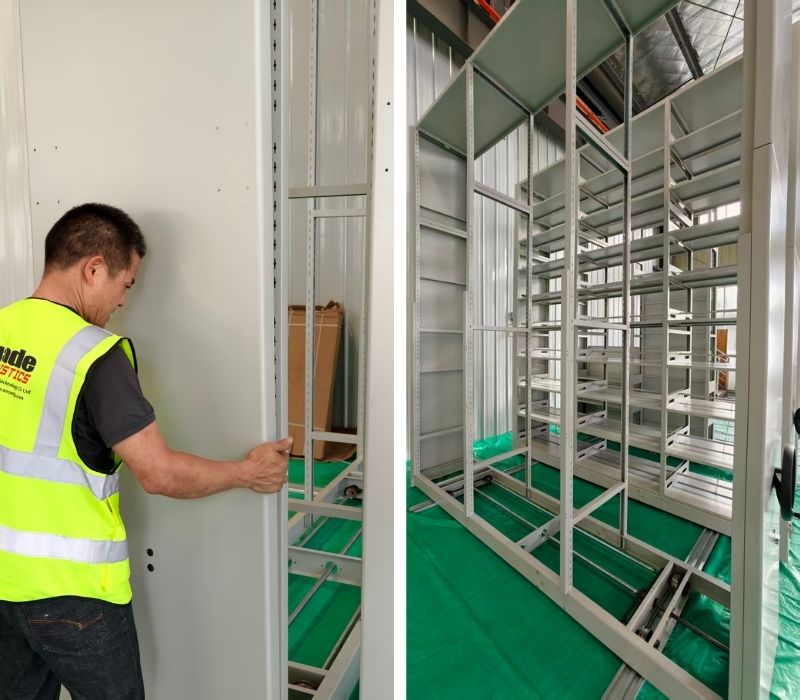
Technological Foundations Enabling Smart Storage
Contemporary mobile shelving incorporates several engineering breakthroughs:
- Precision Guidance Systems: Laser-assisted alignment ensures millimeter-level positioning accuracy during unit movement.
- Energy-Efficient Drives: Regenerative braking systems recover kinetic energy during deceleration.
- Safety Innovations: Anti-tip stabilizers and obstacle detection sensors prevent operational hazards.
- Material Science: Composite alloys reduce structural weight while maintaining load-bearing capacity.
Functional Applications Across Industries
These dynamic storage systems demonstrate remarkable versatility:
- Healthcare Sector: Medication carousels enable first-expired-first-out (FEFO) inventory rotation in hospital pharmacies.
- Manufacturing: Tooling racks with mobile bases streamline workshop floor space utilization.
- Cold Chain Logistics: Refrigerated mobile units optimize frozen food storage with minimized energy loss.
- Digital Archives: Compact movable shelving preserves historical documents in climate-controlled conditions.
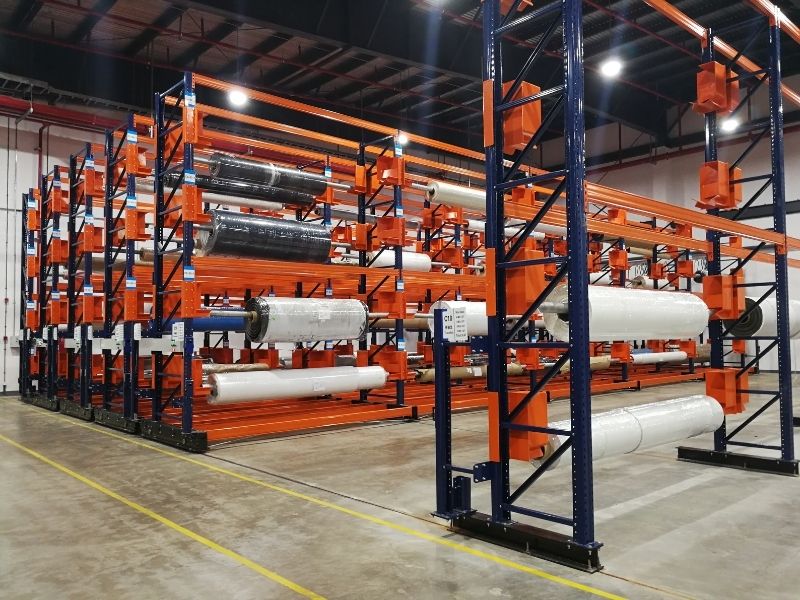
Future-Oriented Development Trends
The next generation of mobile shelving converges with Industry 4.0 technologies:
- Autonomous Coordination: Machine-learning algorithms optimize shelf movement patterns based on historical access data.
- Sustainable Engineering: Recyclable materials and solar-assisted drive systems reduce carbon footprint.
- Human-Centric Design: Ergonomic interfaces and voice-command functionality enhance operator interaction.
